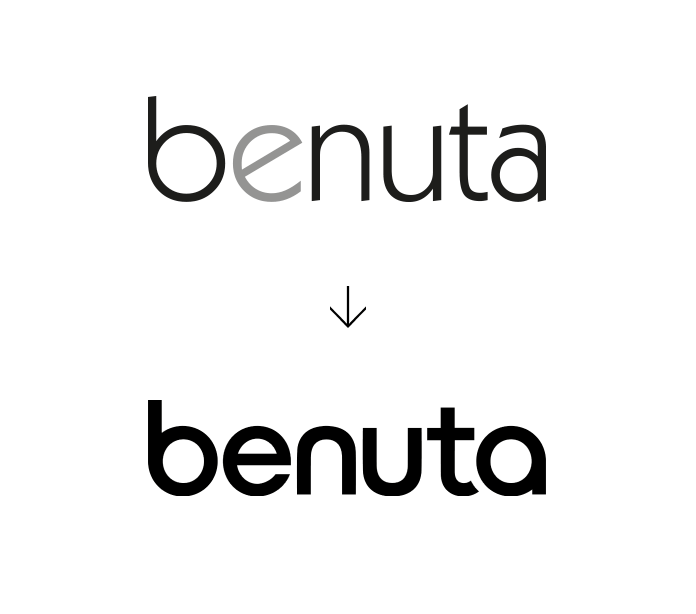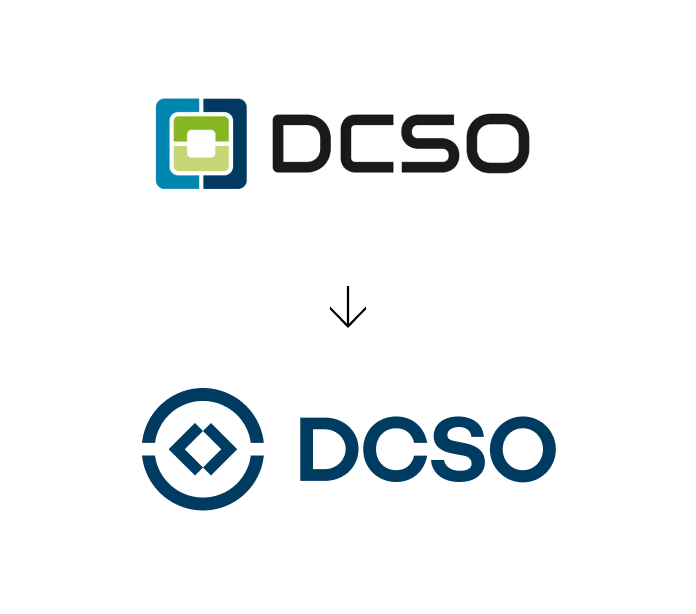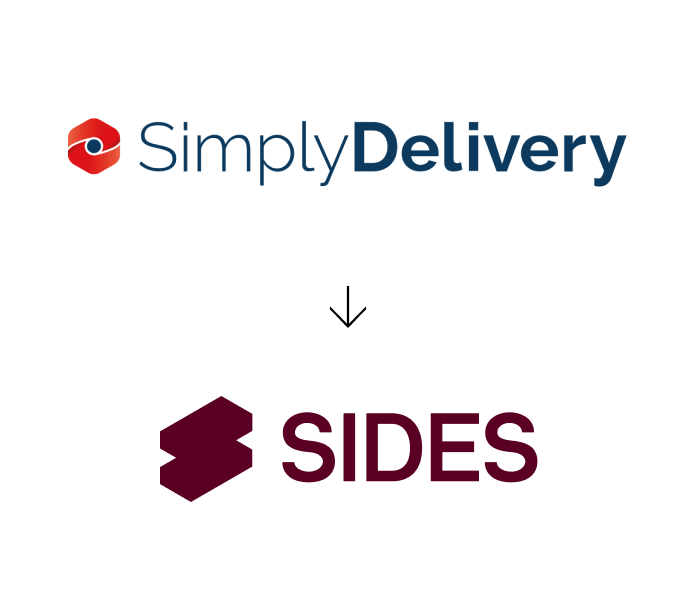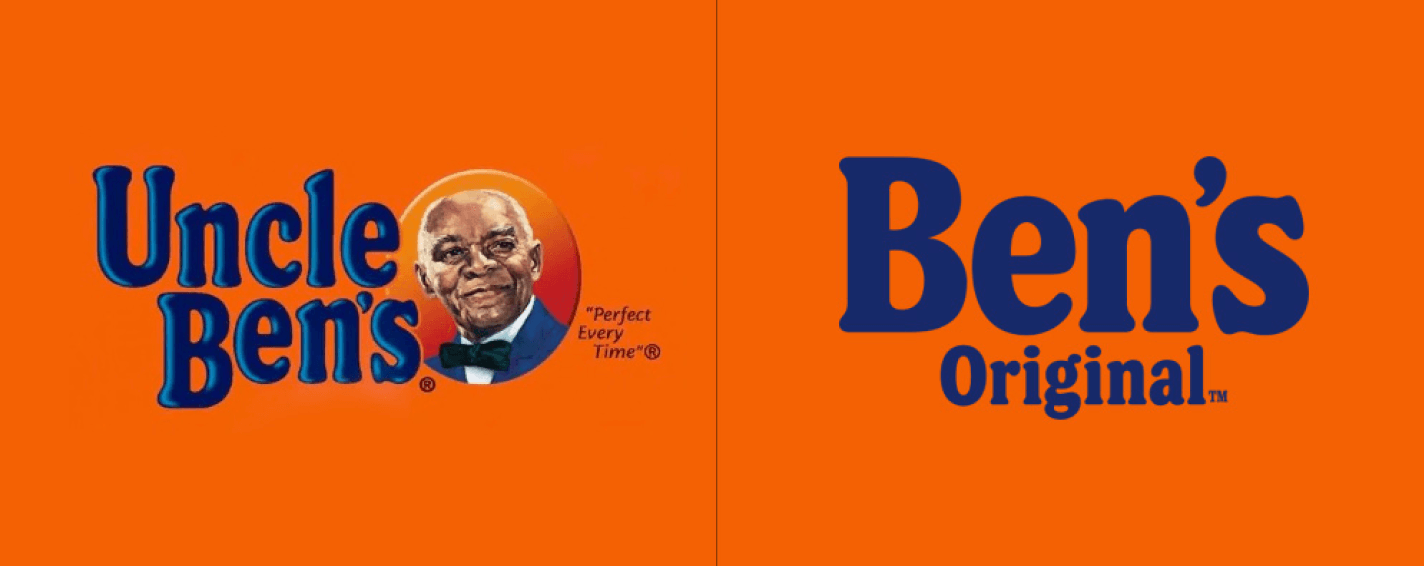When the company evolves but the branding doesn’t
Companies are busy every day optimizing their offering in order to gain market share. Branding is the expression of the result of these efforts; it makes performance and USP visible and tangible. Keeping an eye on strategy, portfolio and brand in equal measure is not always successful – often to the detriment of branding. At some point, you realize that the brand has literally outgrown its brand design. This in turn is not only very unsatisfying for the people behind the brand, but also leads to unnecessary cognitive dissonance among customers and partners, in the team and among talents.
We support you in constructively challenging your brand identity and translating your brand strategy into a rebranding. This ensures that your performance and values are represented appropriately – in the market, for your target groups.
Rebranding for benuta, SIDES and DCSO
The rebranding process: from repositioning to a new design
Brand management therefore involves constantly reviewing strategy and positioning – and challenging the appearance accordingly in a timely manner. To ensure that your rebranding does not become a purely cosmetic measure, but a visual expression of further development, we consider all relevant external and internal influences in our brand process. What are the drivers for a new or revised look? Have the corporate strategy, culture and target groups changed? How does the brand want to position itself in the market in the future? On this basis, the existing brand design is reviewed in the brand audit. The result can lead to a brand update, a partial rebranding or a new brand.

Brand Design Update
Generally, the brand design still meets the requirements of the brand. For a contemporary look, elements are optimized in a minimally invasive way, e.g. a fine-tuning of the logo or the color palette.

Brand Redesign
Certain elements of the design are changed while other elements are retained. For example, if the portfolio is expanded while the brand core remains the same, this can be a new color spectrum or a new image style, while the logo and key visuals remain unchanged.

Full Rebrand
This is where the brand is given a complete overhaul. A new brand design and messaging is developed from the strategic realignment to reflect values, target audiences and offerings. A full rebrand can also mean a new brand name.
Brand make over in three steps
Briefing
You give us insight into your goals for the brand.
Brand Design
Based on your briefing and brand strategy we develop your brand design.
Brand Relaunch
You position yourselves clearly in the competition.
Brands that work with us
When is it time for a rebranding?
Reasons for a rebranding can be very different in nature. We have identified typical scenarios when a rebranding makes sense or is even necessary.
Rebranding instead of a provisional solution
Once the start-up phase, in which a lot is still being tried and tested, is over, it’s time to tidy up. Initial start-up images often have a provisional character, because resources are not yet sufficient to think holistically about the brand design and the strategy and offering are still evolving. Design elements often grow organically and at some point you realize that the flyer uses a different logo than the website or sometimes uses round buttons and sometimes rectangular buttons. A consistent design overhaul helps reinforce the professionalism of the company.
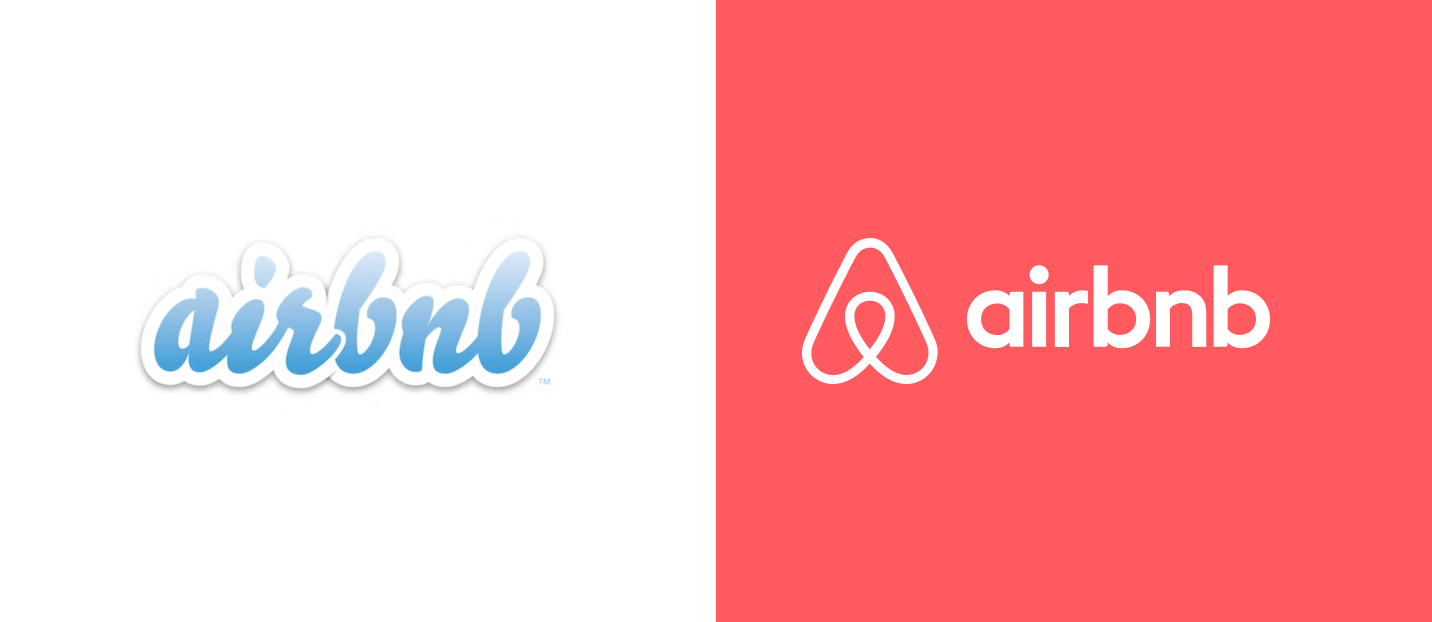
Rebranding due to new products and services
When a brand’s offering expands or changes significantly, rebranding is an effective way to communicate innovation and reach new, defined audiences to whom the new products or services are targeted. A good rebranding signals transformation, facilitates transition, draws positive attention to the brand, and is a way to get the brand talked about once again.

Full Rebrand after expanding services show case
Rebranding due to internationalization
Different countries, different customs. If a company expands into new markets and thus into other cultures, its brand identity should be put to the test. Different political circumstances or social norms may require an adjustment of the branding in terms of color or design or even the name.
Discover the potential of your brand
with a Brand Strategy Audit
Rebranding after personnel changes
Significant personnel changes at the management level of a company often go hand in hand with a change in strategy. In order to communicate this effectively to the outside world, it makes sense to renew the image accordingly – be it evolutionary or radical. In the course of its repositioning under Tina Müller, Douglas, for example, got rid of its established image, especially its logo, after almost 50 years.

Radical change at Douglas
Rebranding after structural changes
Depending on the brand architecture strategy, mergers and acquisitions require interventions in the brand identity. New members bring their own corporate philosophy, new employees and customers, and their own image into the brand family, which must be integrated strategically, culturally, and visually.

5 Data Engineering companies rebrand to synvert.
Rebranding due to social changes
People want something to happen: Social changes influence markets, lifestyles and needs, and thus of course also brands. A trend can quickly become yesterday’s news, and in its place other aspects come into sharper focus, which become relevant for brands, keyword: sustainability. The acceptance and relevance of a brand depends to a large extent on the extent to which they recognize the zeitgeist and how they respond to it. What happens when companies ignore the signs of the times in brand strategy and branding can be seen in the examples of Nokia, BlackBerry or Victoria’s Secret.
Rebranding example: Audi
The iconic four rings were created in 1932, when the DKW, Horch, Wanderer and Audi brands merged, which was to be symbolized by the logo.

The move away from chrome to two-dimensionality reflects the digital transformation in the automotive industry.The brand thus claims “Vorsprung” for itself – so strongly that the rings also manage without a word mark.
Recognizes the signs of the times
“Looking old,” in the literal or figurative sense, is something no one wants – and rightly so. For brands, be they B2C, B2B or B2B2C, branding on the cutting edge is essential for survival. If zeitgeist and aesthetics do not go hand in hand, the brand will appear outdated and thus less attractive and trustworthy. An outdated visual identity allows stakeholders to draw corresponding conclusions about a company’s competitiveness and attitude.
A contemporary, strategic brand design contributes to corporate success:
- signals innovative strength
- attracts customers, partners and talents
- makes employees proud to be part of your team
Rebranding in 3 steps
Briefing
You give us insight into your goals for the brand.
Brand Design
Based on your briefing and brand strategy we develop your brand design.
Brand Relaunch
You position yourselves clearly in the competition.
Rebranding FAQ
What is rebranding?
Rebranding includes a series of measures with which the perception of a brand is controlled in a targeted manner. These can be of a strategic and design nature and range from a new logo to a new brand design to a new name.
Why do a rebranding?
Frequent reasons are internal, personnel or structural changes, e.g. the expansion of the service portfolio, the expansion into other markets or the acquisition of new target groups as well as the modernization of the brand image in order to meet social changes and thus remain competitive.
How does rebranding work?
Rebranding means reviewing the brand holistically with a view to realignment. This means evaluating which elements of the strategy and the design will pay off for the future brand and which will not – and aligning them accordingly.
What do you need to consider when rebranding?
Rebranding is not about making quick cosmetic changes just to meet a trend. Rebranding should always correspond with the strategic realignment of the brand.
When does a rebranding make sense?
Rebranding makes sense when the brand no longer reflects the company’s performance and culture. The aim of a rebranding is to maintain and increase the trust and desirability of the brand among relevant target groups.
How much does rebranding cost?
The costs of rebranding always depend on the scope. The brand audit is a suitable introduction to the process: it provides information about the necessary measures and helps to plan the scope accordingly.
How long does a rebranding take?
4–8 weeks, depending on the project scope.
Your brand needs a makeover?
Contact us
